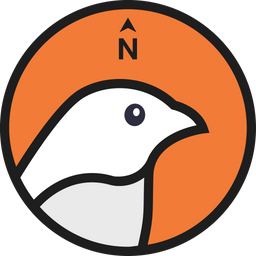Wat Mahathat is considered a significant temple of the Yasothorn community since the founding of the city. Located within the municipal area, the temple houses an important historical artifact: the Buddha image called Phra Buddha Busayarat or Phra Kaew Yod Nam Khang, representing the seated meditation pose in the Chiang Saen art style. This image serves as the city’s beloved emblem, bestowed by King Rama III of the Chakri Dynasty to Phra Sunthon Rachayawong, the first governor of Yasothorn. Phra That Yasothorn, also known as Phra That Anon, stands in front of the ubosot (ordination hall). It is one of the ancient relics significant to the northeastern region. The square-shaped stupa resembles Phra That Phanom, and it contains the remains of Phra Anon. Its construction reflects Lao artistic influences, prevalent from the late Ayutthaya period to the early Rattanakosin era, aligning with the historical narrative surrounding the establishment of the city and Wat Mahathat, believed to have been built around 1821 by Phra Nah, Phra Kham Sing, and Phra Kham Pha, who were former ministers from the Kingdom of Siam (Vientiane). They migrated to this area under the leadership of Phra Wo and Phra Ta around 1813-1819. The stupa's base is square, each side measuring 81 meters, constructed of bricks and mortar, adorned with lotus-shaped details at the base. Above it is the relic chamber featuring four niches that house standing Buddhist images. The pinnacle of the stupa showcases a small peak with four sides, and the central part is square-shaped with two tiers. The construction style resembles that of the small rice stupa (Phra That Kong Khao Noi), and the temple organizes an annual ceremony to celebrate Phra That Anon every March. The Ho Trai is the scripture repository of the temple, situated in the center of the pond to the northeast of the stupa. It is rectangular in shape, resembling typical northeastern-style Ho Trai. Surrounded by pathways beneath eaves, this area houses cabinets for sacred texts, a casket for scriptures, and shelves for manuscripts brought from Vientiane. The structure features beautifully carved wooden doors with floral patterns, showcasing exquisite gold leaf accentuations. The wall decorations reflect a blend of artistic styles from the central region, suggesting that the Ho Trai may have been built during the reigns of King Rama IV or V of the Rattanakosin era.
Photo Credit: ททท.สำนักงานยโสธร
Wat Mahathat (Yasothon)
Province: Yasothon
Reviews from Members
Be the first to review this place
Contact Information
Phone Number
0 4571 2164
Hour of Operation
- Monday:05:00 - 21:00
- Tuesday:05:00 - 21:00
- Wednesday:05:00 - 21:00
- Thursday:05:00 - 21:00
- Friday:05:00 - 21:00
- Saturday:05:00 - 21:00
- Sunday:05:00 - 21:00

